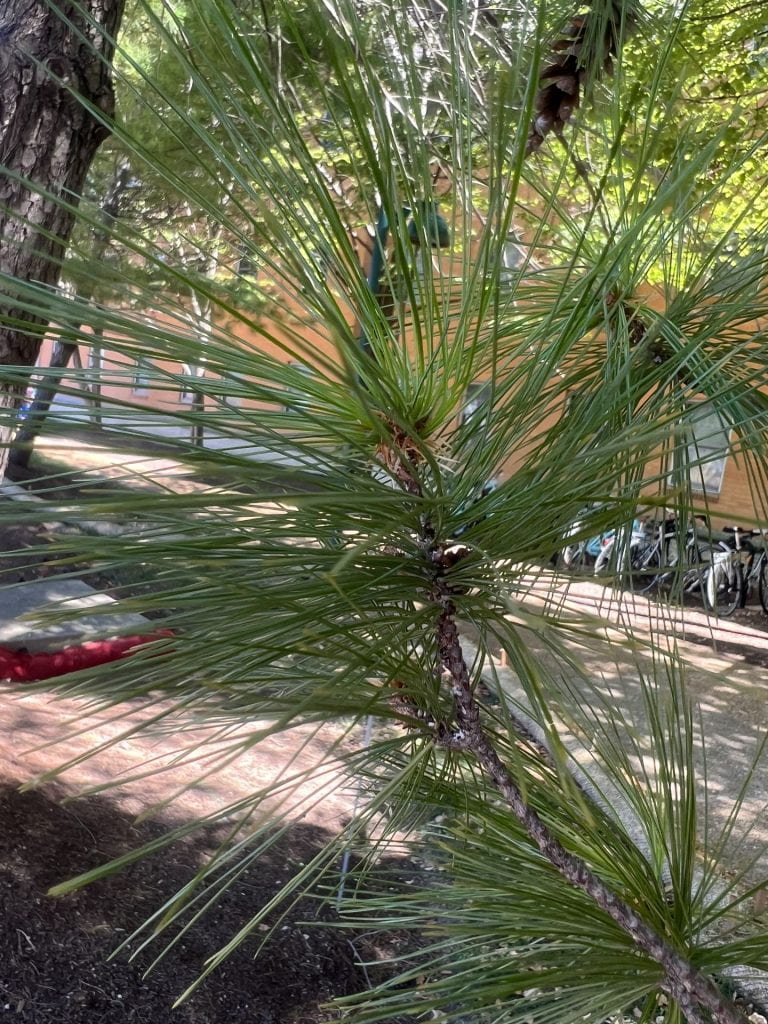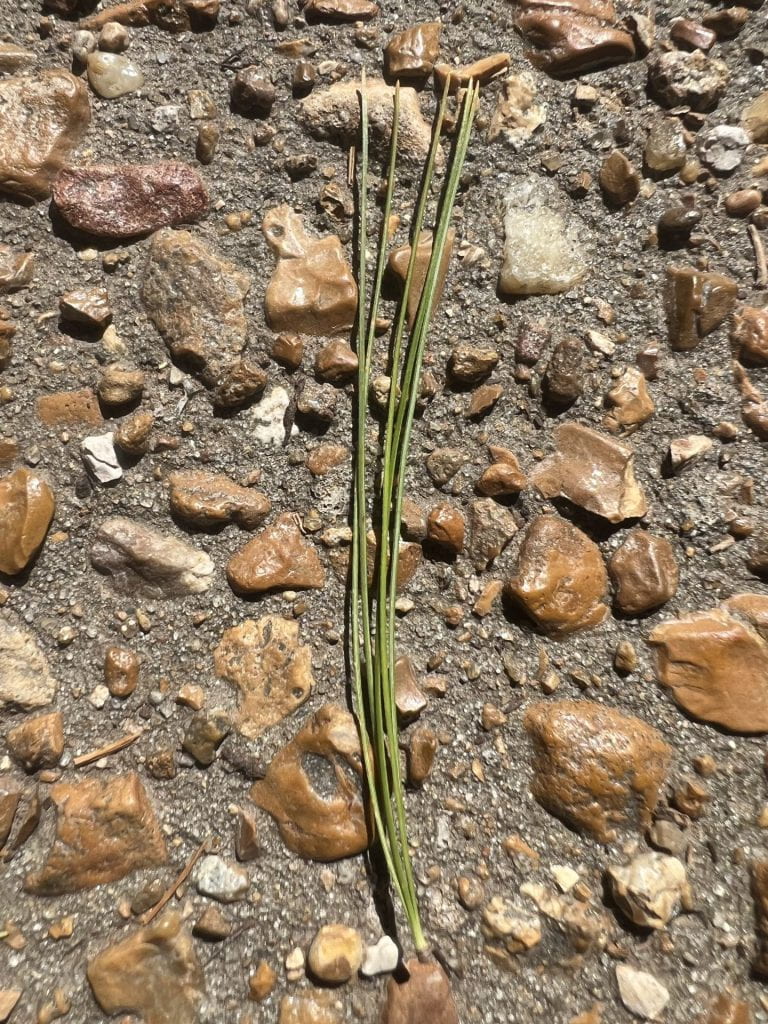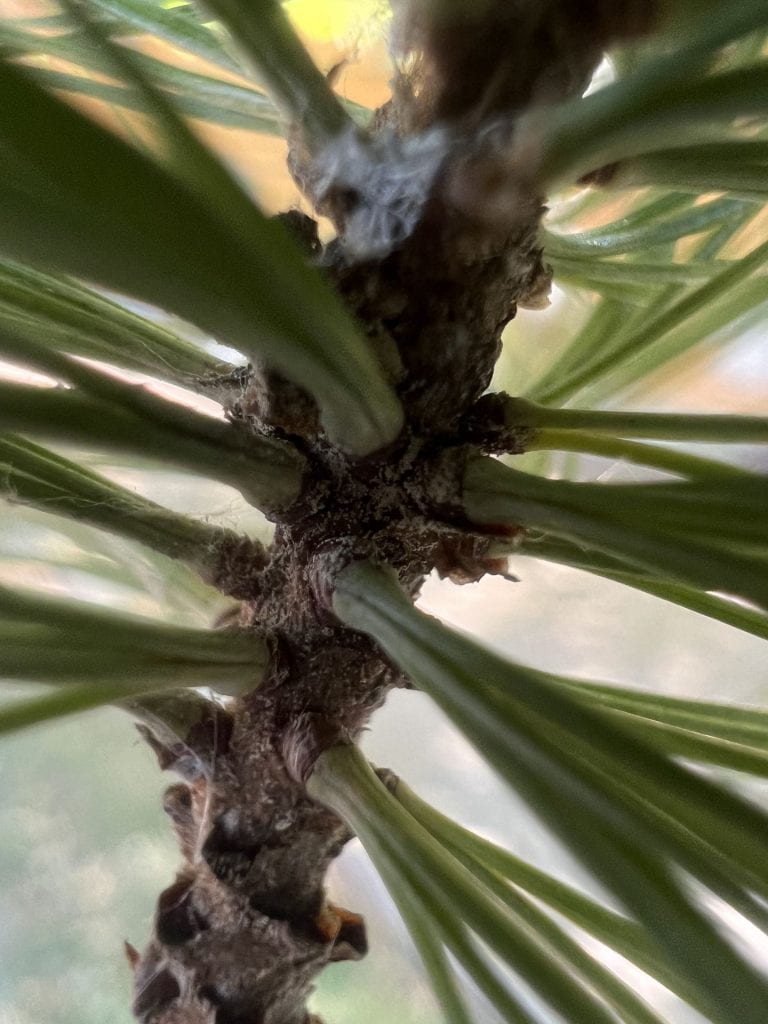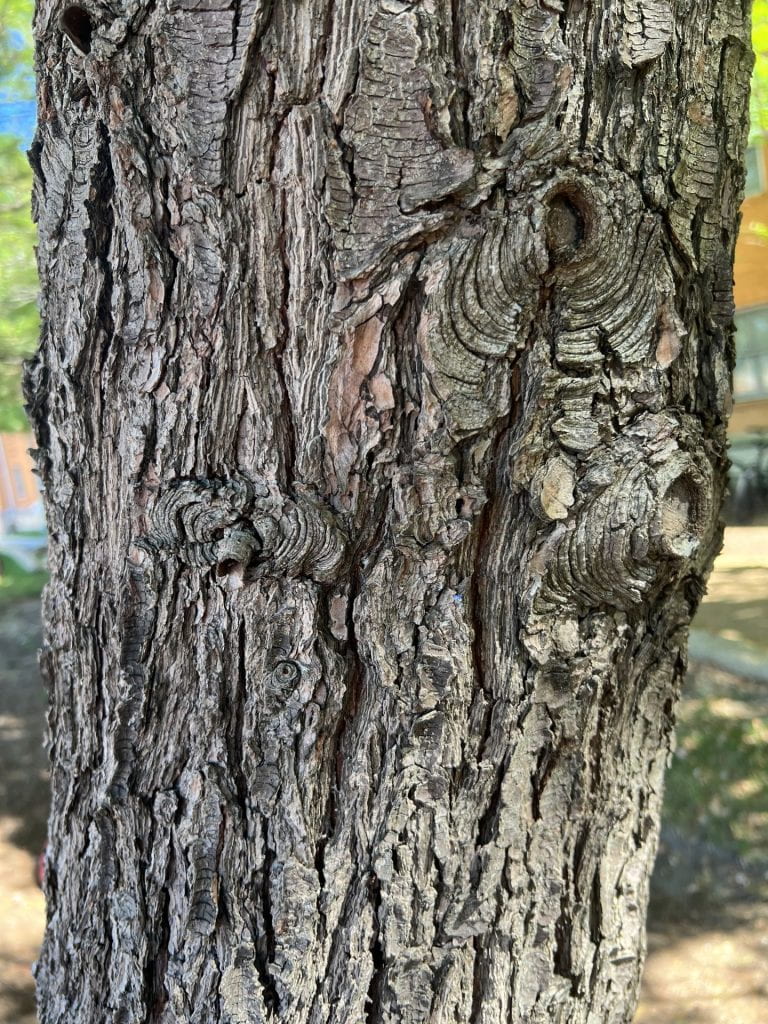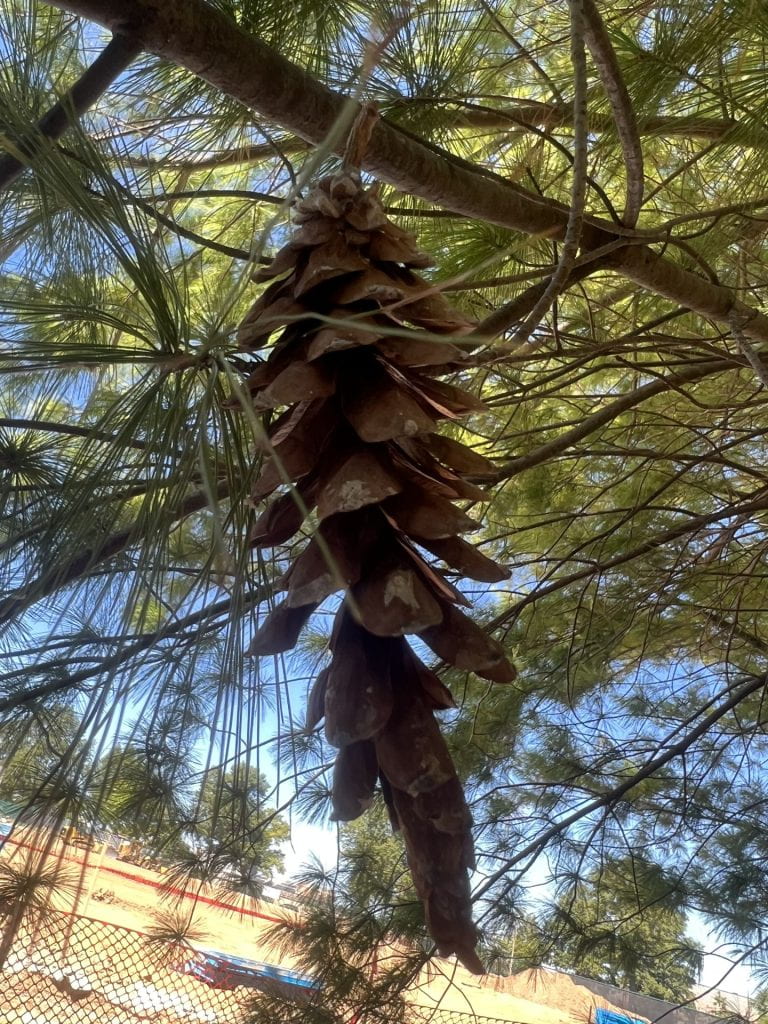Eastern White Pine
Arbor Walk #134

The Eastern White Pine (Pinus strobus) is considered to be the tallest tree east of the Rocky Mountains, and one of the most historically important. This tree, which ranges from 80′ up to 180+’ at its record tallest, was the premier tree for timber in North America in the 18th and 19th century. Due to its massive demand in furniture, construction, and farming, stands of this pine were dramatically wiped out by 1900.
The Eastern White Pine is distributed through the Eastern United States and Southeastern Canada. It is recognizable from its long, slender cone, uniform crown, and five-needled fascicle.

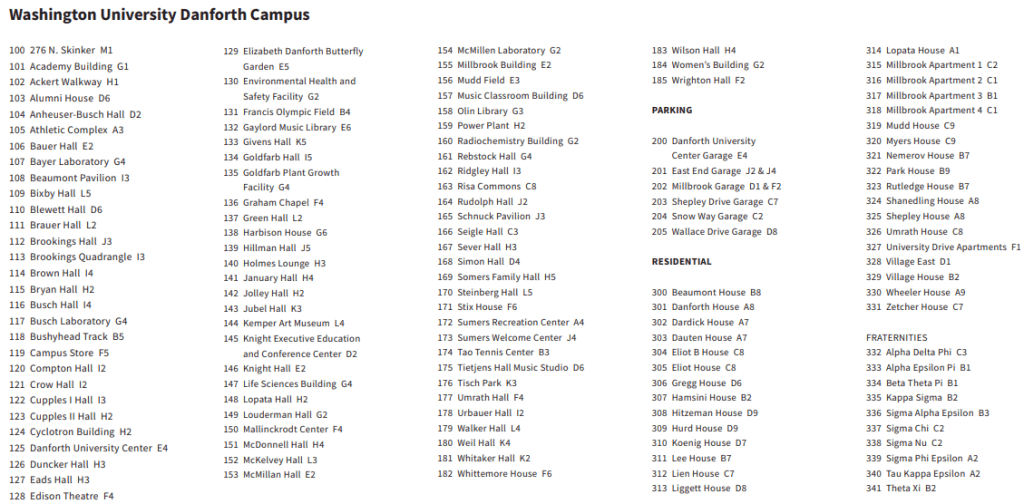
GPS Coordinates
N/A
Percent Concrete
N/A
Distance to Buildings
| Year | Close Building #1 | Close Building #2 | Close Building #3 |
|---|---|---|---|
Distance to Other Species
| Year | Close Species #1 | Close Species # 2 | Close Species # 3 |
|---|---|---|---|
Standard Measurements
| Year | Height (m) | DBH (cm) | Crown Diameter N-S (m) | Crown Diameter E-W (m) | Average Crown Diameter (m) |
|---|---|---|---|---|---|
| 2023 | 14.82 | 33.5 | 10.46 | 9.45 | 9.955 |
Nests and Pests
| Year | Description |
|---|---|
| 2023 | N/A |
Leaf Identification
The leaves of the Eastern White Pine are evergreen. They are acicular-shaped (needle-like), flexible, and have a blue-green color. There are typically five leaves per fascicle and each leaf is typically 3″ to 5″ long.
Twig and Bud Identification
The twigs of the Eastern White Pine are a gray to orange-brown color. The buds are ovoid and reddish brown.
Bark Identification
The Eastern White Pine’s bark, when young, is smooth with some splotches. With age, they develop scales that form ridges. The older bark can be a red-brown to gray-brown color.
Cone Identification
The mature cones of the Eastern White Pine are 6″ to 12″ long. They are long and cylindrical with thick, rounded cone scales. The staminate cones are yellow and cylindrical, and they are clustered near the end of the branches. The ovulate cones are light green with a hint of red also found at the end of the branches.


